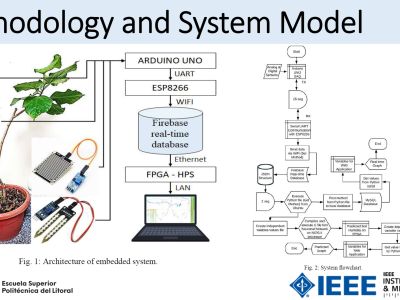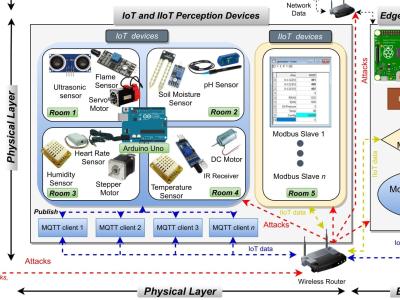swine lamina milling

- Citation Author(s):
-
Bingrong Chen (Peking Union Medical College)Yufan Zhao
- Submitted by:
- Bingrong Chen
- Last updated:
- DOI:
- 10.21227/tcmy-0r66
 113 views
113 views
- Categories:
Abstract
We carried out swine lamina milling experiment and collect force signal during milling process, to establish data set for model training. A total of 36 segments of thoracic and lumbar spine, which included 36 vertebral plates, of fresh adult swine purchased from the market were selected. We tested 12 milling conditions with 6 times repeated experiments for each condition. In terms of ultrasonic scalpel, we designed 3 kinds of milling power: 100 $\%$, 80 $\%$, 60 $\%$, while for grinding drill, 3 grinding speeds including 10000r/s, 15000r/s, 20000r/s were chosen. Each milling instruments can move in speed of 0.5mm/s and 1 mm/s.
Instructions:
1. The three XLSX files are forward process data
Column 1: number of layers
Column 2: original x-direction force value
Column 3: original y force value
Column 4: filtered force value in x direction
Column 5: filtered force value in y direction
Column 6: filtered force value in the Z direction
Column 7: xyz resultant force value after filtering
Column 8: Whether the inner cortical bone is worn
The sheet name represents the current data condition and number.
Operating conditions name format: "Milling power- MILLING Speed".
Rotation speed-Milling speed: Rotation speed-milling speed
2. Columns 1,4,5 and 8 of the three data sets described in above are read in at line 10 of the data_1.m script. Zuan. mat and dao.mat are generated by data_1.m. Data_1.m calculates the resultant force in the xy direction and removes 20% of the force data before and after each layer.
3. Train_input_5.npy and train_output_5.npy are oversampling data generated by main_elm.py at line 275.







